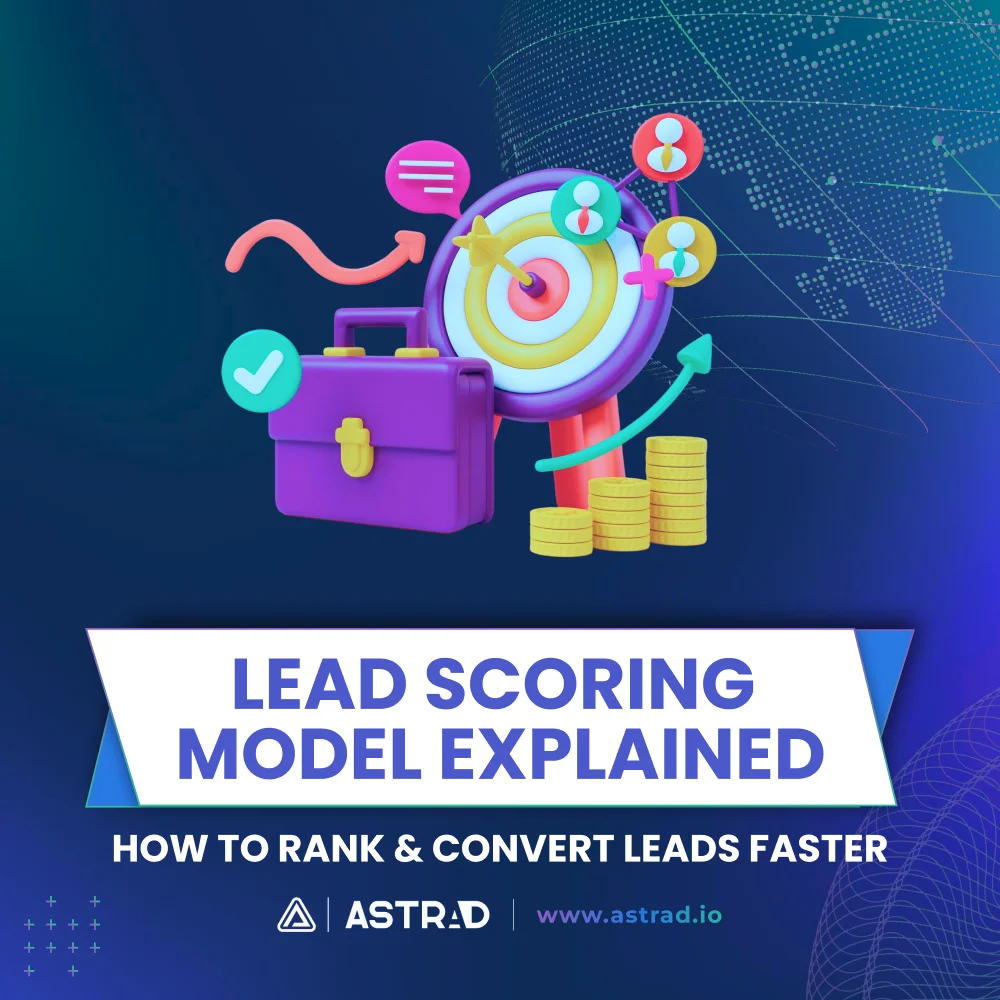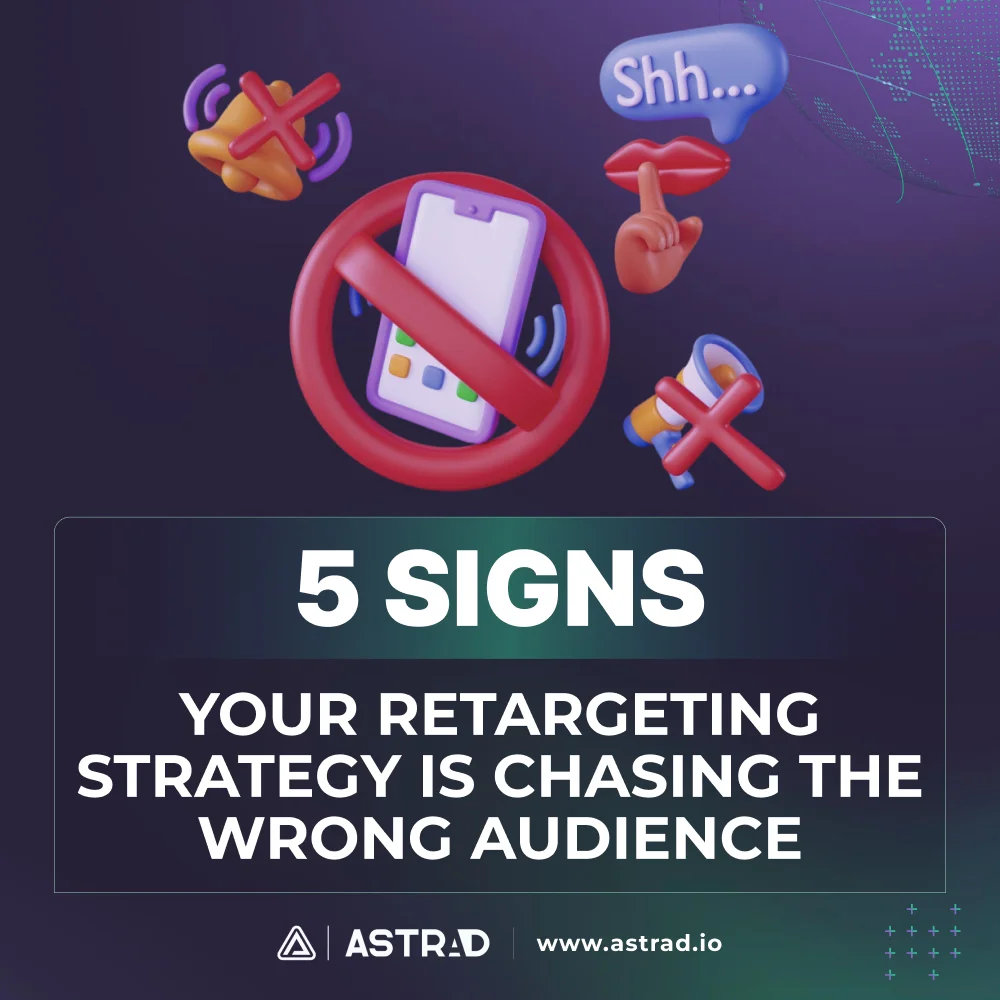Ever felt like you’re swimming in a sea of leads but struggling to catch the big fish? You’ve got hundreds of prospects in your pipeline, but which ones deserve your immediate attention? If you’ve ever wasted precious hours chasing lukewarm leads while the hot ones cooled off, you’re not alone. It’s like having a treasure map with no X marking the spot.
For sales and marketing teams looking to supercharge conversions, boost efficiency, and stop the endless game of lead-chasing whack-a-mole, a robust lead scoring model is your secret weapon. In the world of modern sales, lead scoring has transformed from a nice-to-have luxury into an essential compass that guides teams toward the leads most likely to convert—the ones worth dropping everything for.
The Importance of Lead Scoring
A lead scoring model is essentially your crystal ball for predicting which prospects are worth their weight in gold. It systematically assigns numerical values to leads based on various criteria, creating a hierarchy that helps your team focus on quality over quantity. Think of it as your lead filtering system—separating the wheat from the chaff so you can harvest results more efficiently.
For example, let’s say you sell enterprise software solutions. A CEO from a Fortune 500 company who has downloaded your pricing guide, attended your webinar, and visited your pricing page multiple times would score significantly higher than a junior associate who glanced at a blog post once. Your lead scoring model makes these distinctions clear, allowing your team to pounce on opportunities when they’re ripest.
While traditional prospecting casts a wide net and hopes for the best, lead scoring zeroes in on the leads with the highest potential, reducing wasted efforts and accelerating the sales cycle. It’s not just about working smarter—it’s about striking while the iron is hot.
Understanding Lead Scoring Models
A lead scoring model assigns numerical values to prospects based on who they are (demographics) and what they do (behavior). Like a skilled detective, it gathers clues about each lead’s potential value and readiness to buy, and then translates those insights into actionable scores.
Types of Lead Scoring Models
There’s no one-size-fits-all approach to lead scoring. Different businesses require different models based on their unique customer journeys and sales cycles. However, most lead scoring models fall into two main categories:
- Explicit Scoring: This focuses on who the lead is—their job title, industry, company size, annual revenue, and other firmographic data. A CFO at a large enterprise might score +20, while a coordinator at a small business might score +5.
- Implicit Scoring: This tracks what the lead does—their digital body language including website visits, email engagement, content downloads, and social interactions. Requesting a demo might be worth +15 points, while downloading a whitepaper might add +5.
The most effective lead scoring models blend both approaches, creating a comprehensive picture of not just who’s interested, but how interested they truly are.
Why Lead Scoring is Critical
In today’s hyper-competitive landscape, lead scoring isn’t just helpful—it’s mission-critical. Here’s why:
- Prioritization Power: It helps sales teams focus on the leads most likely to convert, maximizing productivity.
- Reduced Waste: It minimizes time spent on prospects with little buying intent or poor fit.
- Improved Conversion Rates: By identifying the hottest leads, teams can strike while interest is at its peak.
- Sales and Marketing Alignment: It provides a common language for both teams to evaluate lead quality.
When implemented effectively, a lead scoring model transforms your sales approach from hopeful guesswork to strategic precision.
The Components of a Lead Scoring Model
Building an effective lead scoring model isn’t about throwing random numbers at different actions or attributes. It’s about carefully identifying and weighing the factors that truly indicate purchase readiness and fit.
A comprehensive lead scoring model evaluates three key dimensions of each prospect:
- Demographic Data: Who they are and where they work. This includes factors like:
- Job title and decision-making authority
- Industry alignment with your solutions
- Company size and revenue
- Geographic location
- Behavioral Data: What they do that signals interest. These actions might include:
- High-value page visits (pricing, features, comparison pages)
- Content downloads (case studies, whitepapers, pricing guides)
- Webinar or demo attendance
- Form submissions
- Engagement Data: How they interact with your brand over time:
- Email open and click-through rates
- Social media engagement
- Frequency and recency of website visits
- Time spent on site
Together, these components create a 360-degree view of each lead’s potential value, allowing for intelligent prioritization that maximizes conversion opportunities.
How to Build a Lead Scoring Model
Creating a lead scoring model doesn’t require a data science degree—just careful analysis and an understanding of your customers. Here’s how to build one that delivers results:
Step 1: Define Your Ideal Customer Profile (ICP)
Before you can score leads effectively, you need to know what makes a lead ideal in the first place. Start by analyzing your existing customer base. Ask yourself:
- Which customers have the highest lifetime value?
- Which converted most quickly?
- Which required the least effort to close?
- Which have been most satisfied with your solution?
Look for patterns among these top performers. Are they all from a particular industry? Do they share certain pain points? Do they have similar company structures or sizes? This information becomes the foundation for your scoring criteria.
Step 2: Determine the Scoring Criteria
With your ICP in hand, it’s time to decide which factors will influence your lead scoring model. This is where you’ll need to collaborate closely with both sales and marketing teams to identify the signals that truly matter.
For demographic criteria, consider:
- Which job titles typically have buying authority?
- What industries align best with your solution?
- What company size represents your sweet spot?
For behavioral criteria, examine:
- Which content types typically indicate serious interest?
- What website pages do buyers visit before purchasing?
- Which actions correlate most strongly with conversions?
Remember, the goal isn’t to track everything—it’s to identify the factors that genuinely predict success.
Step 3: Assign Scores
Now comes the fun part: attaching numerical values to your criteria. While there’s no universal scoring system, most companies use a 0-100 scale, with higher scores indicating higher-quality leads.
For example, your model might assign:
- +15 points for C-suite executives
- +10 points for director-level positions
- +20 points for companies in your target industry
- +25 points for requesting a demo
- +10 points for downloading a case study
- -10 points for unsubscribing from emails
Don’t forget to incorporate negative scores for actions that signal disinterest or poor fit. These deductions help ensure that only truly qualified leads rise to the top.
Step 4: Test and Refine
No lead scoring model is perfect right out of the gate. Once implemented, track how your scored leads actually perform. Do high-scoring leads convert at better rates? Are there unexpected patterns emerging?
Use this data to fine-tune your model, adjusting point values and adding or removing criteria as needed. Lead scoring is an iterative process that improves with time and testing.
How to Create a Lead Scoring Model That Aligns with Your Sales Process
A lead scoring model isn’t just about identifying good fits—it’s about identifying them at the right time. Your model should align closely with your sales process, recognizing where each lead stands in their buyer’s journey.
Understanding the Buyer's Journey
Every purchase decision follows a path, from awareness to consideration to decision. Your lead scoring model should reflect this journey, weighing actions differently based on where they typically occur in the sales cycle.
For instance, downloading an educational whitepaper might indicate early-stage interest, while requesting pricing information signals later-stage consideration. Both are valuable, but they represent different levels of purchase readiness.
Tailor Scoring to Each Stage
Consider creating stage-specific thresholds within your lead scoring model. A lead might need to reach 30 points to be considered marketing-qualified, 60 points to be sales-qualified, and 80 points to be deemed a hot opportunity.
This tiered approach helps ensure that leads receive the right type of attention at the right time—neither overwhelming early-stage prospects nor neglecting hot opportunities.
Collaborate with Sales
No one understands what makes a good lead better than your sales team. Involve them deeply in developing and refining your lead scoring model. Their frontline experience provides invaluable insights into the behaviors and characteristics that truly indicate purchase intent.
Regular feedback sessions between sales and marketing can help fine-tune your model, ensuring it continues to deliver leads that convert.
Best Practices for Lead Scoring Models
As you develop and implement your lead scoring model, keep these proven best practices in mind:
- Keep It Simple: Start with the most impactful criteria rather than trying to score everything. An overly complex model can be difficult to manage and may obscure rather than clarify lead quality.
- Update Regularly: Your business evolves, and so should your lead scoring model. Review and refine it quarterly to ensure it reflects current market conditions and buyer behaviors.
- Integrate with Marketing Automation: Connect your lead scoring model to your marketing automation platform to trigger appropriate actions based on score thresholds. This might include enrolling high-scoring leads in nurture campaigns or alerting sales to reach out.
- Use a Balanced Approach: Don’t lean too heavily on either demographic or behavioral data. The most effective lead scoring models consider both who the lead is and what they do.
Driving Faster Conversions with Lead Scoring
In today’s fast-paced market, speed matters. The company that connects with a lead first often wins their business. A well-crafted lead scoring model doesn’t just help you identify the best leads—it helps you identify them faster, giving your team the edge in competitive situations.
By automatically surfacing the highest potential opportunities, lead scoring models eliminate the lag time of manual lead qualification. Sales reps can jump straight into meaningful conversations rather than wasting time on initial qualification, accelerating the entire sales cycle.
The benefits compound over time, too. As your lead scoring model matures, it becomes increasingly accurate at predicting which leads will convert, further improving efficiency and results.
Time to Score Big
Lead scoring isn’t just another marketing buzzword—it’s a game-changing strategy that separates the wannabes from the winners in today’s competitive landscape. By implementing a thoughtful lead scoring model, you’ll stop chasing every lead that crosses your path and start focusing on the ones most likely to become loyal customers.
So take the time to analyze your data, identify your ideal customer profile, and build a lead scoring model that reflects your unique business needs. It’s an investment that pays dividends in stronger pipelines, faster conversions, and sustainable growth.
Your ideal leads aren’t hiding—they’re sending signals. A good lead scoring model helps you hear them loud and clear, even in a noisy marketplace. Define your model, implement it consistently, and watch your conversion rates soar.






